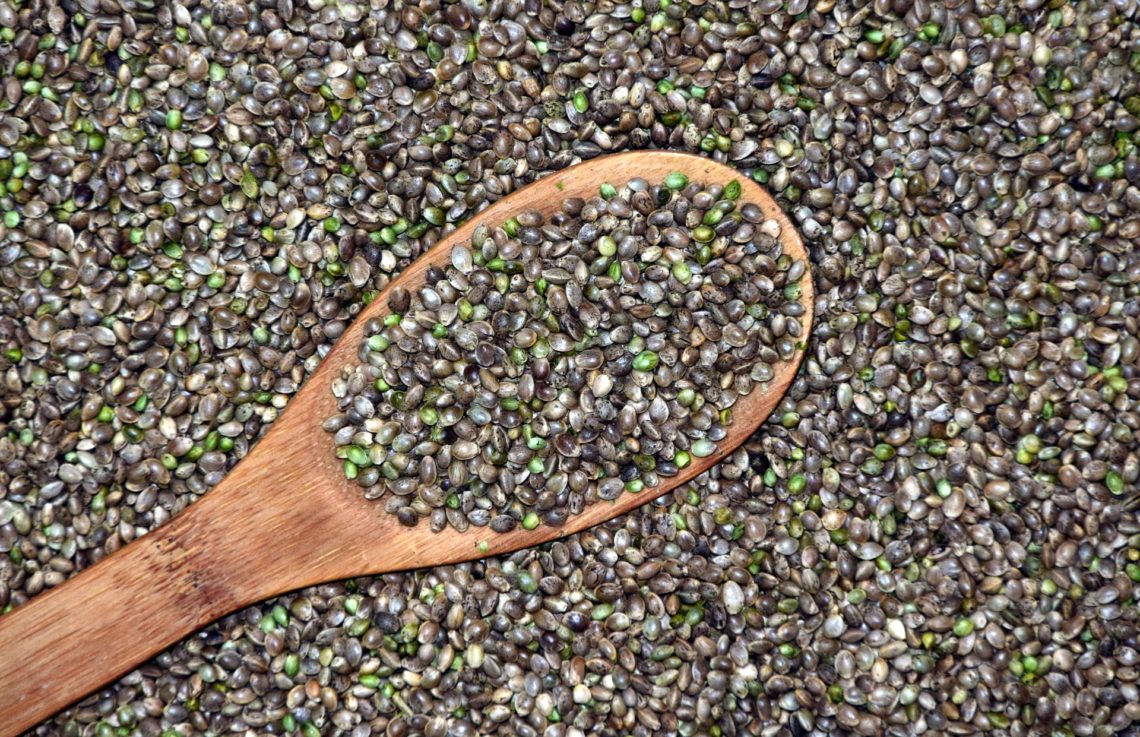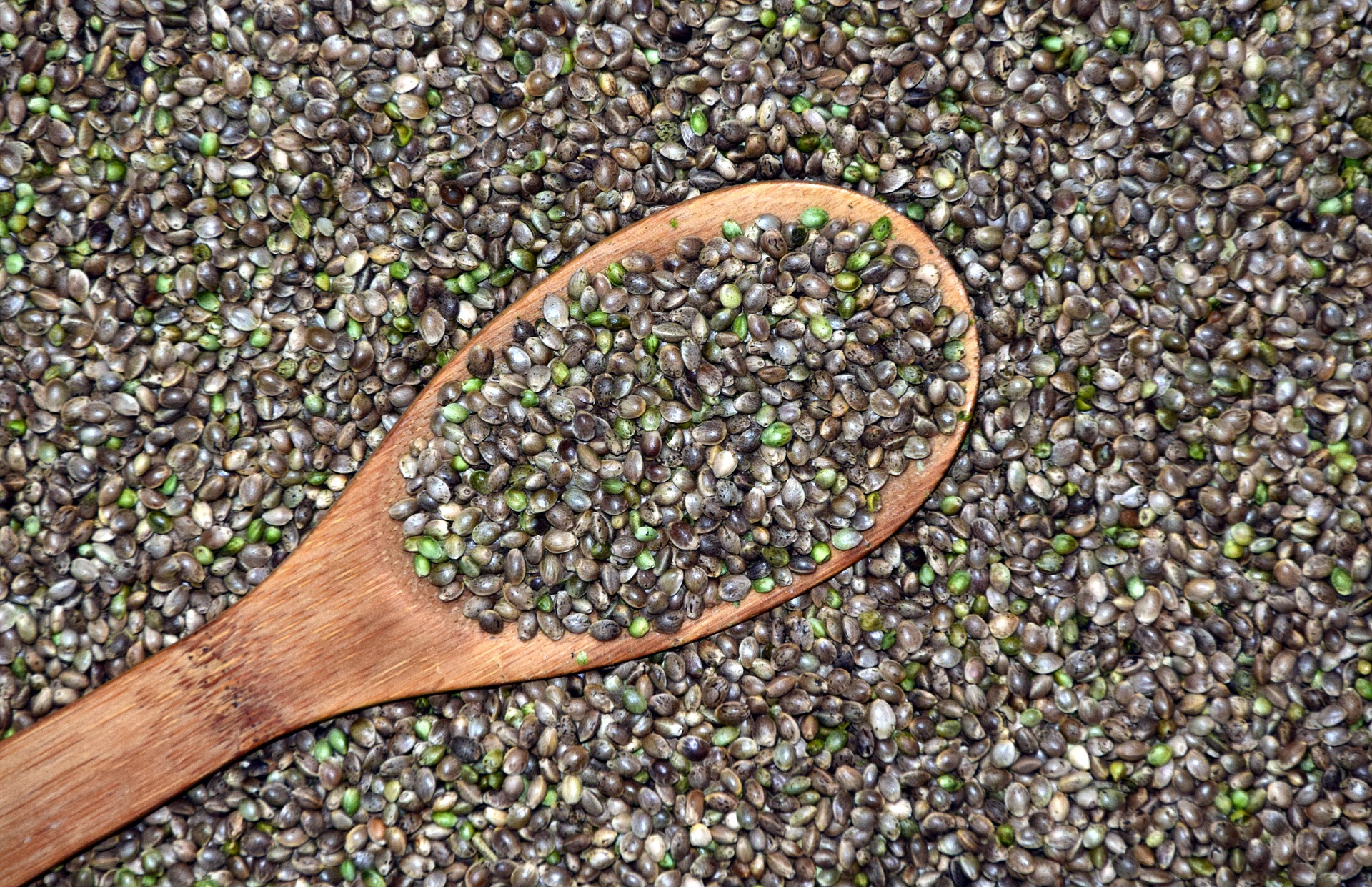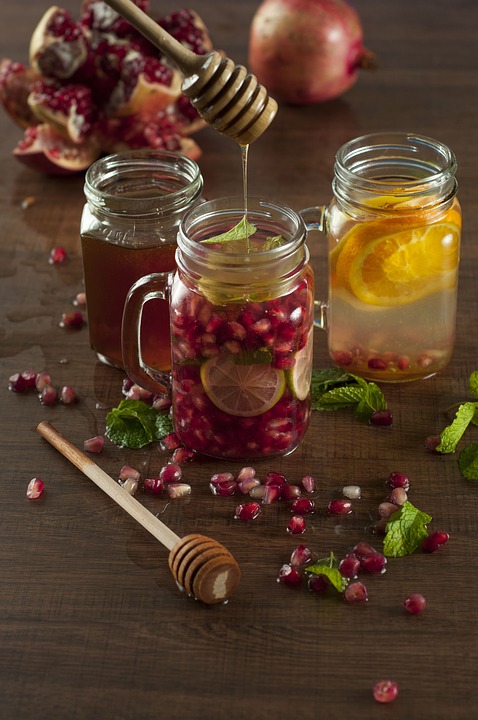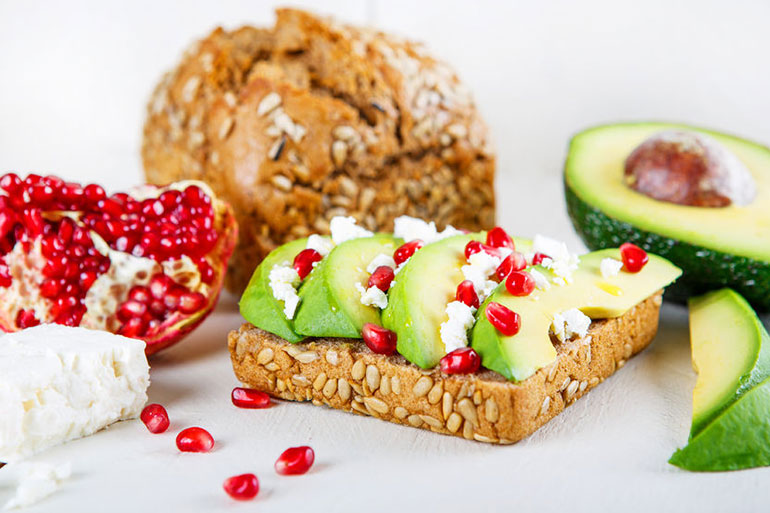
Difference Between Hemp And Cannabis?
CBD, or cannabidiol, is one of many compounds within cannabis and hemp plants. It is completely naturally occurring and as there is more and more research into its effects and benefits, we learn about new and exciting ways this compound can help not only people but our pets as well. People used to be less aware of CBD than its psychoactive cousin, THC. However, popularity is rapidly growing as more consumers realize the medicinal and wellness benefits. We have only scratched the surface of CBD’s potential. There are already some amazing life-changing stories related to its effectiveness at helping control certain mental and physical ailments. But where does CBD come from, and what makes it different than THC? Read on to find out!

What’s The Difference Between Hemp And Cannabis?
Cannabis and hemp differ in a few ways. The terms would be almost interchangeable if not for one key difference; concentration of THC. While all hemp plants are technically considered cannabis, not all cannabis plants are hemp. This might sound confusing, but it all boils down to how species of the plant have been utilized over centuries. Humans have bred cannabis over countless generations to produce higher amounts of THC, or tetrahydrocannabinol. THC is responsible for some of the psychoactive, typical “high” effects most people think of when talking about cannabis.
Hemp, however, farmers cultivated hemp completely differently. Originally, they grew hemp to produce fibers. This was a popular use for hemp in America and elsewhere for hundreds of years. It was one of the most important cash crops in America until it became illegal in 1937 through the “Marihuana Tax Act”. Until that time, you could find hemp in everything from rope and clothing, to paper and even food products. Hemp plants were cultivated with the intention of producing large, very fibrous stalks. It just so happens that the genus of Cannabis Sativa that produced the most favorable results was very low in THC, but high in CBD. In more recent times, positive changes in legislation mean that there is more research into the compounds present in cannabis plants. Consequently, we have a resurgence of hemp as a great source of CBD. For people that would rather have the holistic and medicinal benefits of cannabis without the psychoactive effects, CBD is the answer. Without the seemingly random events that led cannabis and hemp down different paths, CBD might not have been nearly as present as it is today.
CBD Science!
All species of cannabis, including hemp, are dioecious. This means that there are both male and female plants that require cross-pollination to reproduce. Male plants produce flowers and pollen, while female plants produce seeds when pollinated. In the wild, they rely on pollinators, like bees, to spread this pollen and reproduce. So, in order to attract and entice pollinators, female plants produce large, resinous buds that produce a pungent smell. In the cannabis industry, female plants are not allowed to pollinate, which makes them continue to grow and grow in a rush to reproduce before dying out in the winter.
The sweet smell that attracts bees and other pollinators comes from trichomes. These almost microscopic structures grow on the leaf and bud of the plant and resemble tall, translucent mushrooms (weird science, I know). The head of the structure is filled with a resin that the cannabis plant produces. This contains all of the compounds present in a species, such as THC and CBD. Terpenes are also abundant in these structures and are responsible for the smell and taste of the plant material. Every strain or genus of cannabis has different concentrations of these compounds, creating a wide variety of different effects and tastes. In hemp, CBD is the most abundant.
From Hemp Plant To CBD Product
Cannabis plants have a rather short lifespan which usually starts in early summer and lasts until early winter. Their entire life is depends on the amount of sun they receive. As the days become shorter and shorter it sets off a trigger in the plant that means it’s time to flower. At the peak of their resin production, hemp plants are harvested and processed to produce CBD extract. There are many different methods for extraction and every processor has its own secret formula, but with advances in technology in recent years, super chilled ethanol extraction is becoming more and more popular. This is mostly due to its safety and reliability over other processes. This method of extraction uses a very cold solvent, in our case ethanol, to bind with the compounds present in the plant material and remove them from the plant. This produces a crude which processors distill to remove any impurities or unwanted terpenes. Further filtration enhances the clarity and purity of the extract.
From this point, the CBD extract is ready to mix with creams, lotions, beverages, food products or even loaded into cartridges for use in vape pens. Many companies also add natural plant or spice extracts to their products for a pleasurable taste, such as Rooted Hemp Co’s vanilla bean flavored Clear Solution CBD Oil. From here, products make their way onto shelves all over the country for wellness focused customers and people with any number of ailments.
The Future of CBD
CBD, for many people, is a miracle compound. It has changed many people’s lives for the better. Its therapeutic effects can help with countless issues, from arthritis pain to trouble sleeping or eating and even more serious physical or mental disabilities such as autism, muscle dystrophy, multiple sclerosis, spinal cord injuries, and seizures. We have still only cracked the surface of what this compound is capable of within the human body as well as in animals. And every day, new use cases are being discovered. CBD has had a long and storied past in our country and is leading the way for a healthier, happier future as well.


